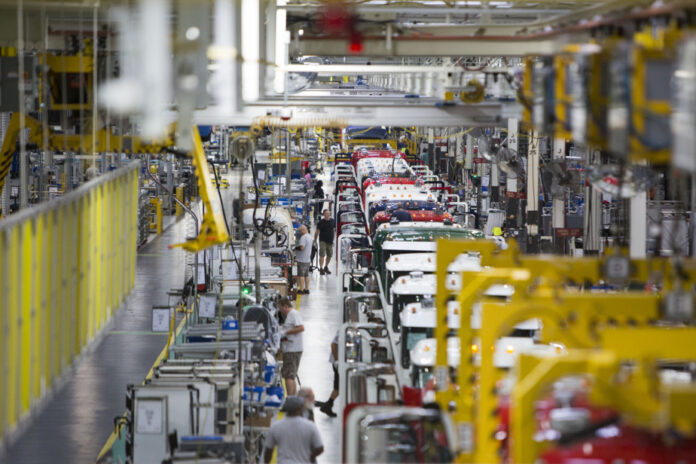Labor shortages continue to make the news, particularly in Quebec, where companies were still complaining last week of losing billions of dollars due to the lack of workers. But we are not alone.
The scarcity of labor is a problem on a global scale, indicate the most recent results of the survey that the specialized firm Manpower regularly carries out among employers around the world. We learn that the proportion of employers who say they are experiencing recruitment problems has doubled since 2015, according to this survey of 39,000 employers in 41 countries.
The pandemic, which is often called to the rescue to explain all kinds of problems, is not at the origin of all the upheavals experienced by the world of work. It has certainly wreaked havoc on the global economy, but now that life has returned to normal, we must look elsewhere for the causes of this growing problem.
Demography is the first explanation. The world’s population is declining and according to the World Bank, 75 countries around the world already have insufficient fertility rates to sustain their populations. The corollary of this decline, the aging of the population, is a more acute problem in some countries than in others, for example in Japan, but it manifests itself everywhere.
The pool of workers is therefore set to shrink and the phenomenon is only just beginning.
To meet increasing demand, we must manufacture more goods and offer more services. If automation can partly compensate for the scarcity of labor in manufacturing, the service sector needs workers to provide these services, whether in restaurants, garages or hospitals. An aging population consumes more services, putting even more pressure on the workforce.
Automation also has its limits. The use of increasingly sophisticated robots requires advanced skills from the employees who manage them.
Technological advances are transforming the world of work and making it more difficult to recruit qualified employees to perform more complex tasks. This is what companies complain about the most. Although we are accelerating training, technology is evolving even faster. Labor supply can never perfectly match business needs, but the gap could widen.
In OECD member countries, the unemployment rate fell from 7% in 2009 to 4.8% in 2023.
According to Manpower, companies in Taiwan, Germany and Hong Kong say they are having the most difficulty recruiting the workers they want. Conversely, employers with fewer recruitment problems are in Colombia, Panama and the Czech Republic.
Canada and the United States are in the middle of the rankings, near the average of 77% of surveyed employers who say they have problems hiring.
“Welcome to the golden age of workers,” The Economist magazine recently headlined to illustrate the changes taking place in the job market.
Businesses need to get used to it. The economic context has probably never been so favorable to workers, who can aspire to improved working conditions and better wages.















